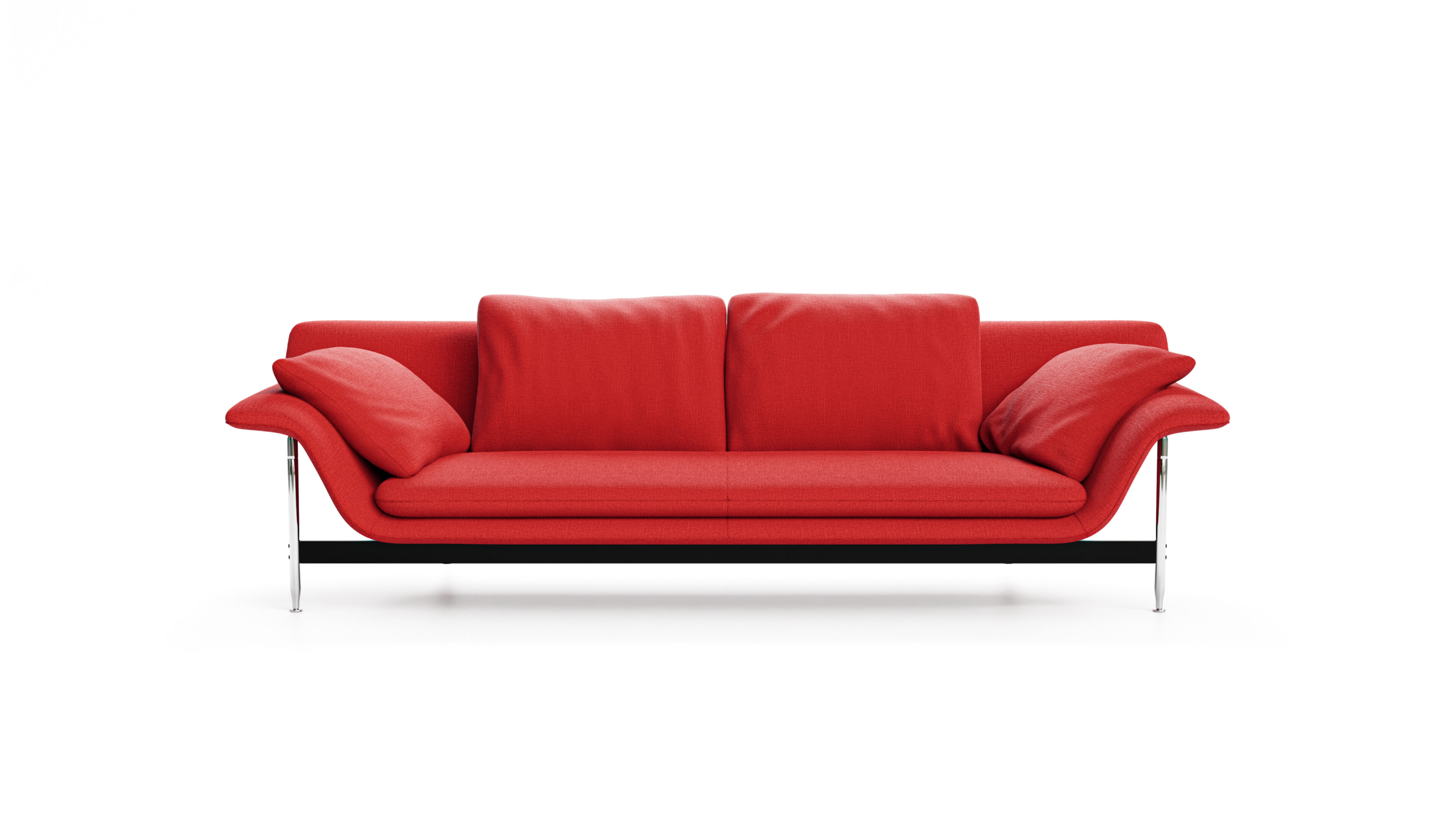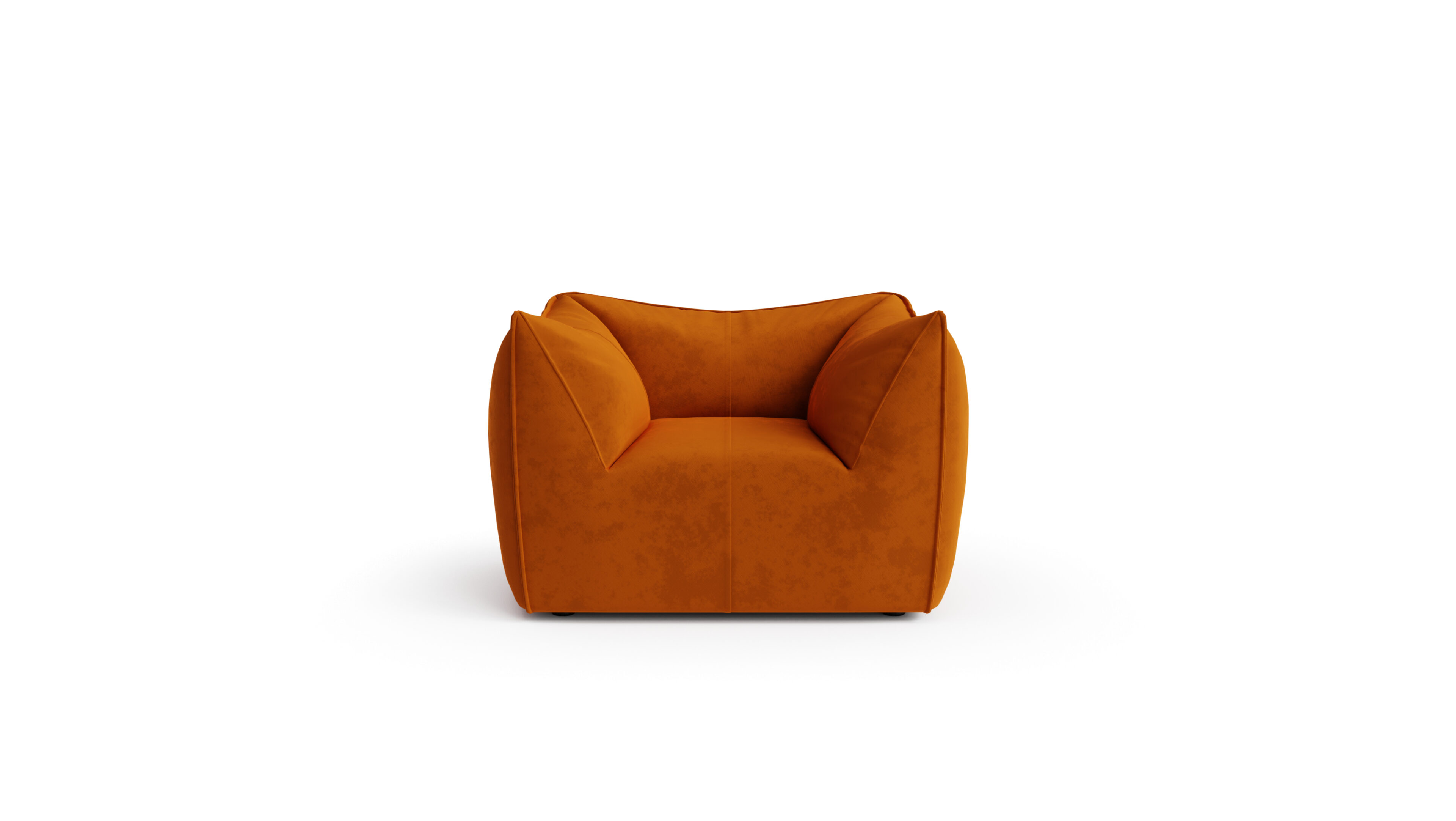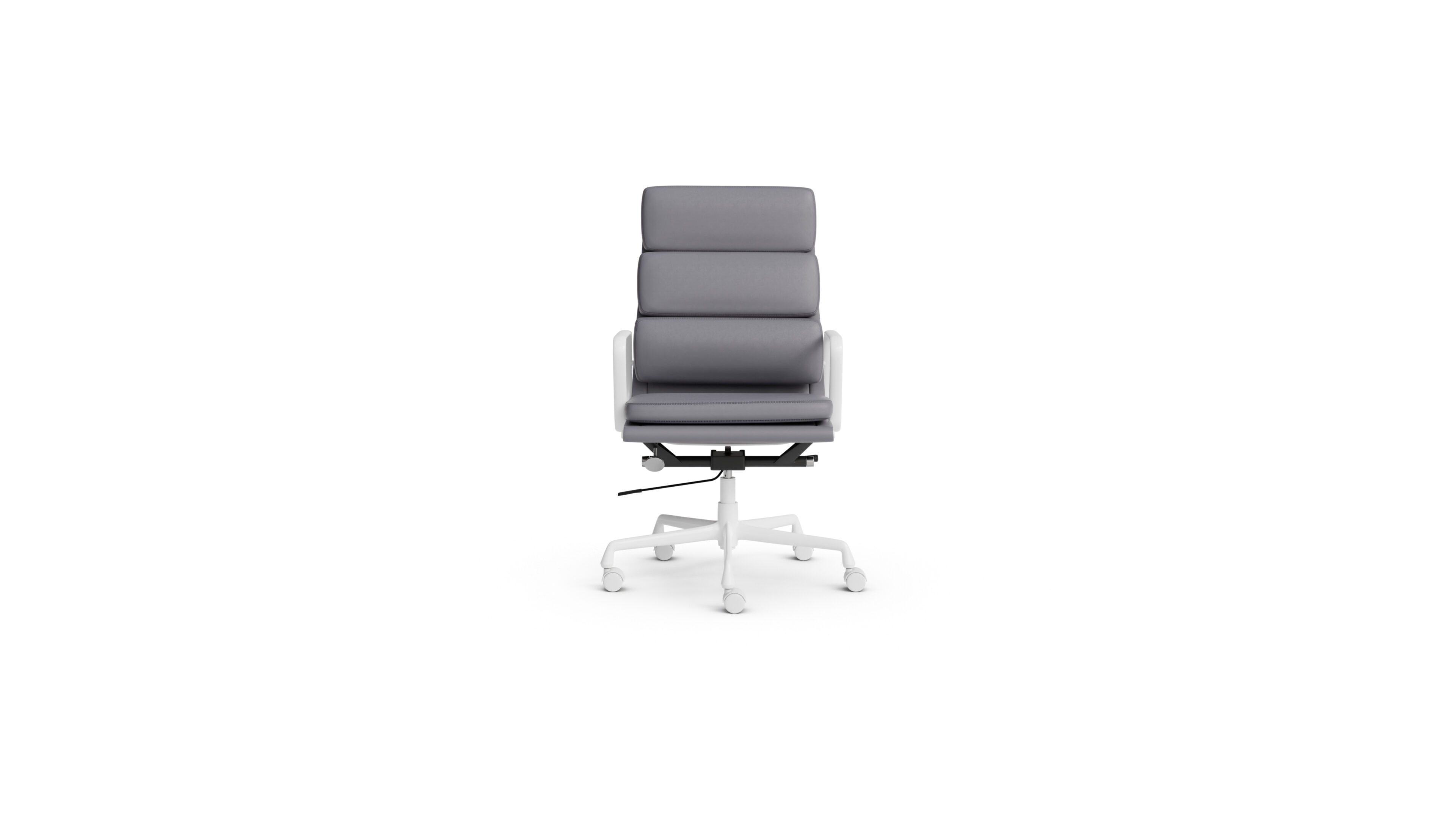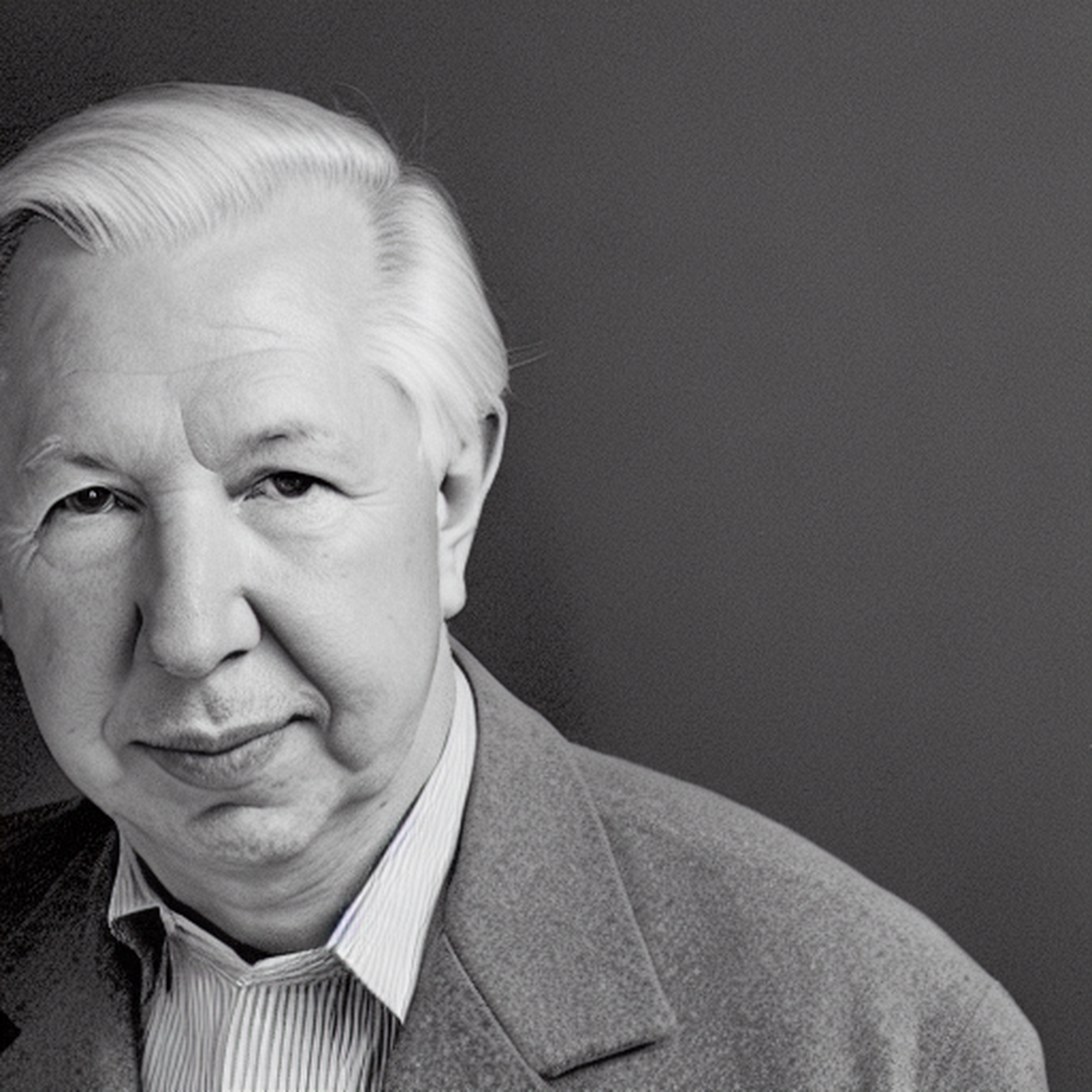
Arne Jacobsen Biography
Arne Emil Jacobsen (February 11, 1902 – March 24, 1971) was a Danish architect and furniture designer who made a significant impact on Danish design history. Born in Copenhagen, Denmark, Jacobsen adopted the principles of architectural functionalism, a design philosophy that emphasizes the functionality of a building or object over its aesthetic. Jacobsen’s commitment to functionalism is evident in his designs, which are characterized by simplicity and utility. His work encompassed a broad spectrum, from architecture to furniture design, and extended to minute details such as cutlery. This holistic approach, often referred to as “total design,” demonstrated Jacobsen’s meticulous attention to detail and his belief in the unity of design. Jacobsen’s influence on Danish design and architecture persists today, highlighting his enduring relevance in the field. His designs are celebrated for their simplicity, functionality, and timeless appeal. His legacy underscores the prevailing impact of design that prioritizes functionality and simplicity.
Early Life and Education
Arne Jacobsen’s early interest in painting was discouraged by his mother, who advised him to pursue the more secure field of architecture. Heeding this advice, Jacobsen began his journey in the architectural world as an apprentice mason. His formal education in architecture was at the Royal Danish Academy of Fine Arts, where he studied under Kay Fisker and Kaj Gottlob, both leading architects and designers, from 1924 to 1927. While still a student, Jacobsen participated in the Paris Art Deco fair, Exposition Internationale des Arts Décoratifs et Industriels Modernes, in 1925. His chair design won him a silver medal, marking an early recognition of his design talent. This experience, along with his exposure to the aesthetic of Le Corbusier’s L’Esprit Nouveau pavilion, impacted his design philosophy. Jacobsen’s education was furthered by his travels to Germany, where he encountered the rationalist architecture of Mies van der Rohe and Walter Gropius. Their work influenced his early designs, including his graduation project—an art gallery—which won him a gold medal. After completing his architecture studies, Jacobsen first worked at city architect Poul Holsøe’s architectural practice.
Architectural Works
Arne Jacobsen’s architectural philosophy was rooted in the Modernist tradition, heavily influenced by the functionalist movement. His designs were characterized by their simplicity, functionality, and a clear understanding of materials and construction techniques. A key concept in Jacobsen’s architectural projects is “total design”. This approach involves the design of the entire environment, including the building, interiors, furniture, and other elements. Jacobsen believed that design should be holistic, with every element contributing to a cohesive whole. This is evident in both the Bellevue Theatre and the National Bank of Denmark, where Jacobsen designed not just the buildings but also the interior elements.
Two of Jacobsen’s most notable architectural works are the Bellevue Theatre and the National Bank of Denmark. The Bellevue Theatre, completed in 1936, demonstrates Jacobsen’s early style. Located in Klampenborg, a northern suburb of Copenhagen, the theatre is part of a larger seaside resort complex designed by Jacobsen. The theatre’s design is simple and functional, with a retractable roof for open-air performances. Its clean lines and lack of ornamentation reflect the influence of the International Modern Style that Jacobsen encountered in Germany. The National Bank of Denmark, completed in 1971, is one of Jacobsen’s later works and showcases his evolution as an architect. The bank’s design is a departure from the traditional architecture of financial institutions. Instead of imposing, monumental structures, Jacobsen designed a building that is modern and inviting. The bank’s facade is made of glass and clad in Norwegian marble, creating a play of transparency and solidity. The interior is designed with the same attention to detail. Everything from the furniture to the lighting was designed by Jacobsen.
Design Contributions
Arne Jacobsen’s design contributions extended beyond architecture, encompassing a wide range of iconic objects in the world of design. His most notable furniture designs include:
1. Egg Chair (1958): Created for the SAS Royal Hotel in Copenhagen, known for its unique, privacy-offering shape.
2. Swan Chair (1958): Also designed for the SAS Royal Hotel, featuring curved lines and a minimalist design.
3. Ant Chair (1952): Named for its ant-like silhouette, designed to be light, stable, and stackable.
4. Cylinda-line series (1967): A collection of cylindrical kitchenware items, showcasing Jacobsen’s dedication to industrial materials and geometric expression.
5. SAS Royal Hotel (1960): A complete design project where Jacobsen designed everything from the building’s architecture to its furniture and even the cutlery used in the restaurant.
Legacy and Influence
Arne Jacobsen’s legacy in the world of design and architecture is accredited to his innovative approach to design. His influence is particularly evident in the realm of architectural functionalism, a movement that prioritizes the practical use of a building or object over its aesthetic appeal. Jacobsen’s architectural works, such as the Bellevue Theatre, the SAS Royal Hotel, and the National Bank of Denmark, are celebrated for this functional approach to design. His designs embody a minimalist yet humanistic approach.
Beyond architecture, Jacobsen’s iconic pieces, such as the Egg Chair, the Swan Chair, and the Ant Chair, are renowned for their innovative forms and practicality. These designs have become symbols of Danish design. Jacobsen’s design principles continue to guide contemporary design. His commitment to functionalism, his innovative use of materials, and his meticulous attention to detail have become hallmarks of good design. Today, Jacobsen’s work is studied by design students worldwide, and his designs continue to be produced and used in homes and businesses globally.
In the realm of Danish design, Jacobsen’s legacy is particularly significant. He is widely recognized as one of the key figures who shaped the landscape of Danish design, and his influence continues to be felt in the country’s design industry. His work has helped to establish Denmark as a global design leader, known for its commitment to functionalism, quality, and aesthetic appeal.
Arne Jacobsen FAQs
What is Arne Jacobsen most famous for?
Arne Jacobsen is most renowned for his contributions to design and architecture. His iconic chair designs, such as the Egg, Swan, and Drop chairs, are celebrated worldwide. Jacobsen’s architectural works, including the Bellevue Theatre, the SAS Royal Hotel, and the National Bank of Denmark, are also highly acclaimed.
What is the style of Arne Jacobsen’s architecture?
Jacobsen’s architectural style is characterized by its simplicity, functionality, and modernist approach, with a keen attention to detail and an emphasis on the integration of different materials.
What are some of Arne Jacobsen’s most famous designs?
Some of Jacobsen’s most famous designs include the Egg Chair, the Swan Chair, and the Ant Chair. These furniture designs have become symbols of Danish design.
Did Arne Jacobsen face any controversies in his career?
Yes, Jacobsen’s ultra-modern buildings were sometimes met with protests and riots. For instance, his design for Gammeltorv’s Stelling House was met with significant backlash, prompting a newspaper to print that Jacobsen should be ‘banned from architecture for life’.

















